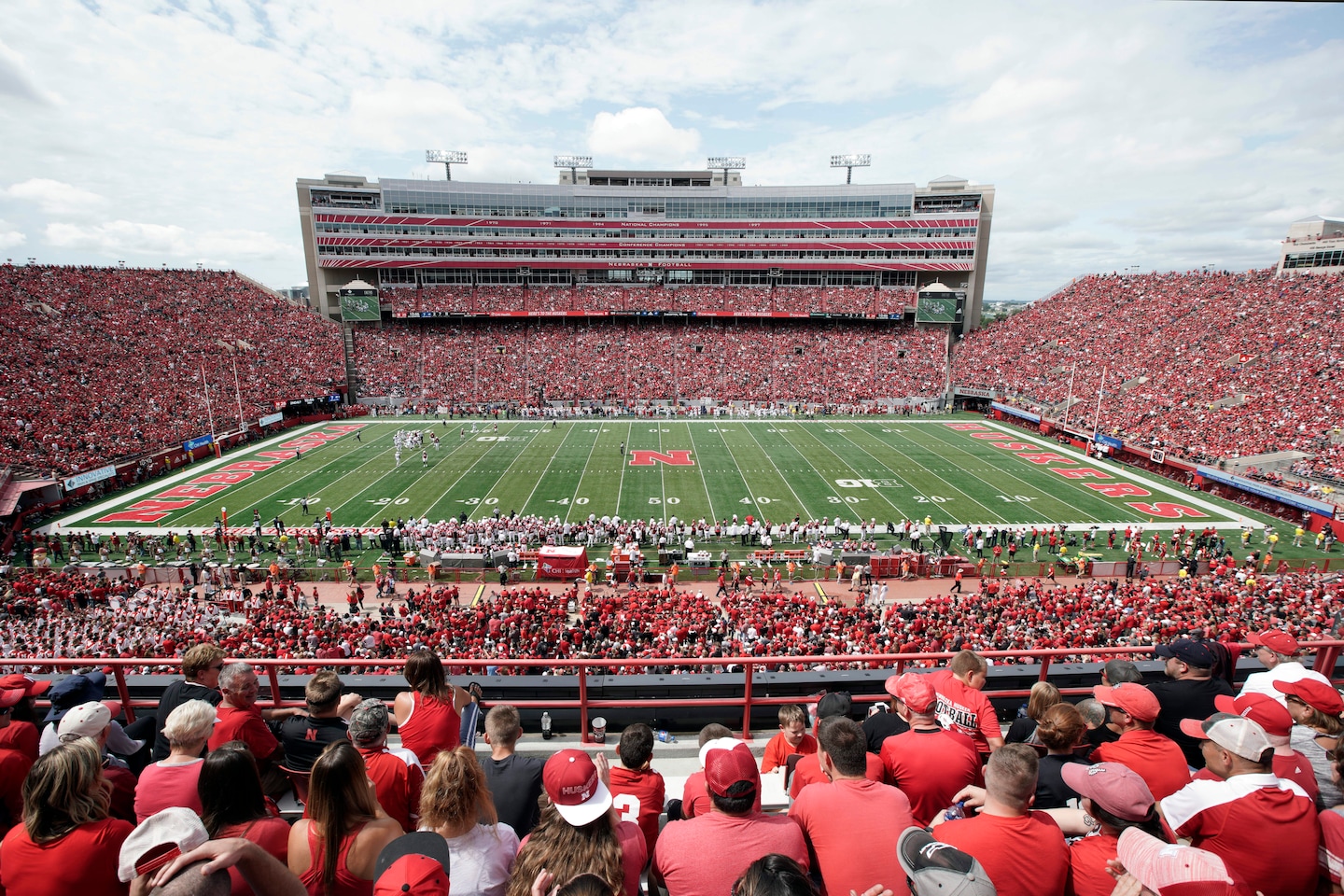College football is caught in the coronavirus culture war. The only smart choice is caution.

College presidents in the Power Five conferences should hit the pause button on the season. The only responsible choice, amid so many unknowns, is to take a collective knee and defer while campuses gauge the impact of reopening.
No doubt some outraged folks will rebel, folks who have never shown much inclination to put anybody’s health above wins and losses. Never forget, Maryland couldn’t keep a kid from dying during offseason sprints, and Notre Dame once sent a student videographer to his death up a lift-tower in 50-mph winds just to film a football practice. You can see the same sensibility at work in this pandemic — from office seekers as well profit seekers.
The pleas of competitors such as Clemson quarterback Trevor Lawrence should pang the heart of any college football enthusiast, and some politicians would love to co-opt that emotion, casting anyone in Lawrence’s path as a snowflake so they can hide their incompetence amid a roaring culture war. They’ll seize on Michigan Coach Jim Harbaugh’s open letter arguing for a season based on the fact that his team has just 11 positive tests out of 893 during summer conditioning, and call caution timidity.
But it’s important to recognize one thing. Those summer workouts took place in a very small and controlled bubble — and that bubble is about to burst in a very big way. There are 16.9 million undergraduates in this country, many of whom will begin flooding local dorms and taverns and doing as students have ever done, breaking rules. Michigan has more than 30,000 undergrads and 4,600 faculty.
That’s the real issue here. Big Ten officials aren’t considering postponement because they’re hesitant or weak. They’re doing the math.
Michigan President Mark Schlissel is an immunologist. He knows what he’s looking at. He’s trying to safely reopen a massive campus despite limited ability to test and contract trace thousands of 18-to-21-year-olds with loose habits and car keys. Here are just some of the questions he’d have to consider if the Big Ten played a football season:
Do you divert limited testing resources to football players, when you can’t regularly test and protect their fellow students the same way?
What are the mathematical odds that a contact sport among universities with large undergrad populations — like Ohio State’s 46,000 — can be played without people getting exposed and carrying the infection back to another campus?
Do you give football players safety bubbles and other protocols not available to others? Do you quarantine them after every trip?
What will infection rates look like in communal living?
What’s the capacity of the university’s health system and how quickly might it be overrun if there’s an outbreak?
What to tell aged professors who are high-risk and don’t want to teach athletes who might expose them?
Will football watch-parties tempt students to gather in large groups and disregard distancing and masking?
Are you prepared to deal with athletes who develop cardiac issues — studies show that as many as 20 percent of those who recover from covid-19 show heart abnormalities — and do you have medical resources to manage regular electrocardiograms, heart ultrasounds and MRIs to monitor for myocarditis and prevent more serious complications?
There is a perfectly reasonable alternate scenario to plunging ahead with a fall football season in the face of unknowables: a postponement. Just a few more weeks of care, deliberation, and discretion. These qualities are hardly championed lately in this country, but the campus presidents who have the courage to exercise them will get a realistic picture of the risk-reward of in-person classes, and more information about the effect of cooler temperatures on the virus and viral loads. Those who don’t are flying blind and asking for real trouble.
The people who insist otherwise are simply putting up straw men. Alabama coach Nick Saban on Monday argued that the season should go forward by saying “Look, the players are a lot safer with us than they are running around at home.” But who says they would all be sent home? Why wouldn’t they be with their peers, simply going to fall semester classes and continuing to condition? Or is mere classwork not worth the risk of exposure? Is that what he just said?
University leaders have some complicated and maybe even desperate calculus to do as they weigh the risks of on-field play, the trade-off of health hazard versus athletic department debt, not to mention external pressure from donors, and pols. But institutions that have been willing to err on the side of caution in this unprecedented pandemic don’t regret it. The NBA went with a hard shutdown followed by a bubble, and it worked. So did the NHL. What those examples prove is that caution — slow, organized, considered, informed policy — is the only reliable route to a sustainable reopening.
Read more:






